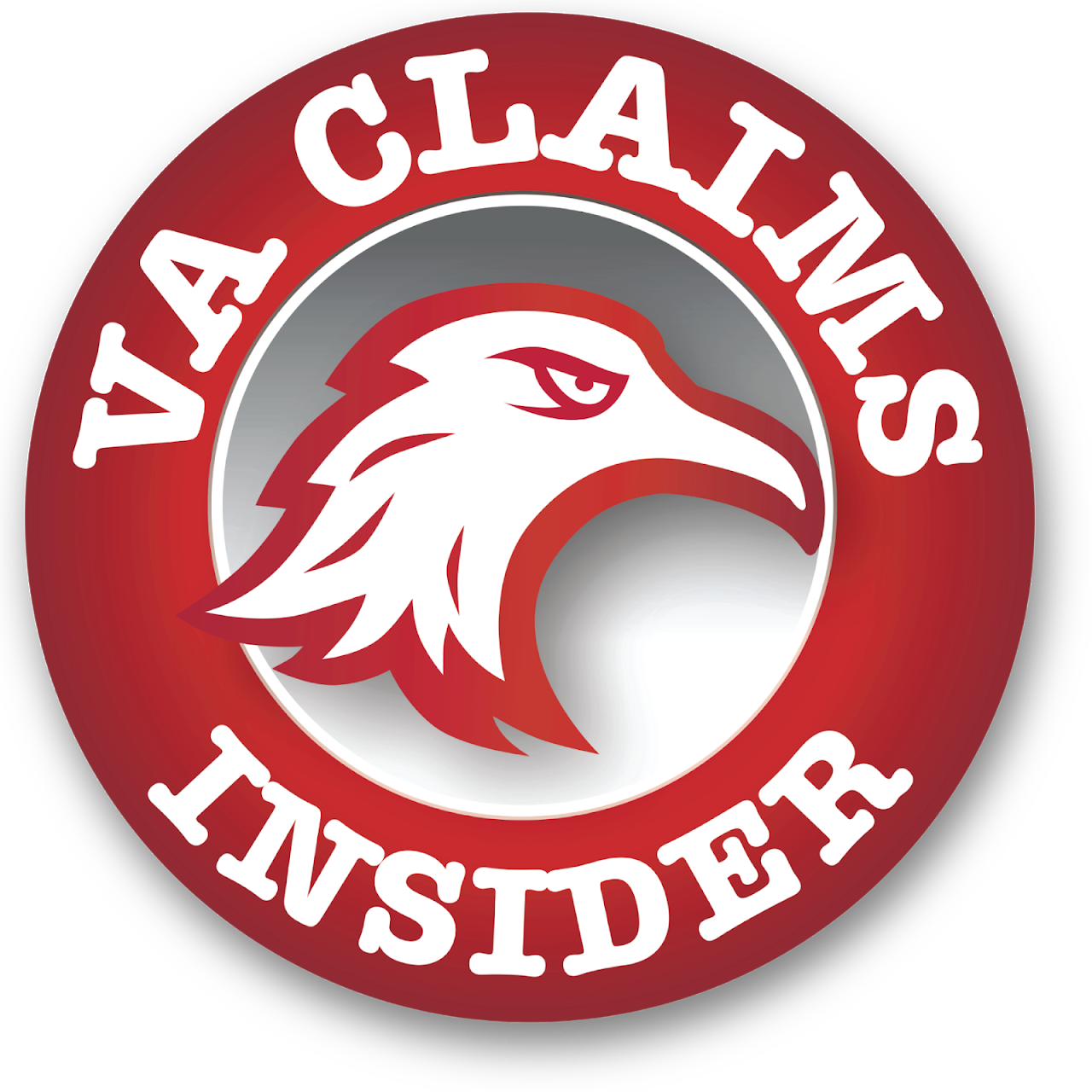Looking for Expert-Level VA Claim Answers?📱Call Us Now! 737-295-2226
If you’re a veteran dealing with varicose veins, you may be eligible for VA disability compensation.
In this guide, we’ll explain how the VA rates varicose veins under Diagnostic Code 7121, how to get service connected, and what secondary conditions may qualify for additional compensation.
Let’s break down what you need to know to file a strong VA claim for varicose veins.
Summary of Key Points
- The VA rates varicose veins under Diagnostic Code 7121, with ratings from 0% to 100% based on severity.
- Veterans can establish service connection through lay evidence, in-service triggers (like prolonged standing), and a medical nexus.
- Secondary conditions such as deep vein thrombosis (DVT) or venous stasis dermatitis may also qualify for compensation if linked to varicose veins.
- Strong medical records, a clear nexus, and detailed personal impact statements can improve the chances of a successful VA claim.
Table of Contents
Varicose Veins in Veterans
Varicose veins are a common condition among veterans, often linked to prolonged standing or other service-related activities.
Securing a VA disability rating for varicose veins can significantly impact a veteran’s life by providing crucial compensation and healthcare support.
Understanding how the VA determines varicose veins VA ratings and potential secondary conditions associated with this condition is essential for veterans seeking the compensation they deserve.
How the VA Rates Varicose Veins (DC 7121)
VA disability for varicose veins is rated under the diagnostic code 7121. This code covers chronic venous insufficiency or varicose veins, with ratings ranging from 0% to 100%, based on the severity and impact on daily life.
The evaluation considers the frequency of symptoms, such as pain, swelling, and ulcers, along with the need for compression therapy or specialized dressings.
If the symptoms significantly limit mobility or lead to recurring infections or skin ulcers, a higher disability rating may be warranted.
Varicose Veins VA Rating
The VA rates varicose veins at 0%, 10%, 20%, 40%, 60%, and 100%.
To determine your VA rating, a thorough examination is conducted. This includes assessing the severity of the condition, any limitations it imposes on daily activities, and the need for medical interventions.
Varicose Veins ratings are as follows:
- 100% – with the following findings attributed to the effects of varicose veins: massive board-like edema (i.e. swelling) with constant pain at rest
- 60% – persistent edema or subcutaneous induration, stasis pigmentation or eczema, and persistent ulceration
- 40% – persistent edema and stasis pigmentation or eczema, with or without intermittent ulceration
- 20% – persistent edema, incompletely relieved by elevation of extremity, with or without beginning stasis pigmentation or eczema
- 10% – intermittent edema of extremity or aching and fatigue in leg after prolonged standing or walking, with symptoms relieved by elevation of extremity or compressed hosiery
- 0% – asymptomatic palpable or visible varicose veins
Pro Tip: If you disagree with your rating, you have the right to appeal for an increased VA rating.
Establishing Service Connection for Varicose Veins
For veterans seeking a VA rating for varicose veins, securing service connection involves fulfilling three key criteria:
- Present Diagnosis: While a current diagnosis is typically essential for VA disability claims, veterans may not mandatorily require a doctor’s diagnosis specifically for varicose veins.
In the Barr v. Nicholson case of 2007, it was recognized that varicose veins can be observed by non-medical individuals.
Therefore, veterans’ lay testimony describing the presence of varicose veins could be sufficient to raise the issue.
- In-Service Event: Varicose veins can often be attributed to service-related activities such as prolonged standing, marching, exposure to ultraviolet rays, recurring leg cramps, or extended periods of immobility.
These experiences during service can contribute to the development or aggravation of varicose veins.
- Medical Nexus: Establishing a medical nexus connects the diagnosed condition to the in-service factors.
Once service connection for varicose veins is established, the VA proceeds to evaluate and rate the severity of the condition to determine the disability benefits entitled to the veteran.
Secondary Conditions to Varicose Veins
Veterans should also be aware of secondary conditions that may arise from varicose veins.
Chronic venous insufficiency can lead to complications such as deep vein thrombosis (DVT) or venous stasis dermatitis.
If these conditions develop due to or are aggravated by your service-connected varicose veins, you can file claims for secondary service connection.
Obtaining a diagnosis and medical evidence (such as a Nexus Letter) linking these secondary conditions to varicose veins is vital for a successful claim.
These secondary conditions can significantly impact a veteran’s health and quality of life, and securing the appropriate VA disability rating is crucial in ensuring access to necessary care and compensation.
Conclusion
If varicose veins are impacting your health and mobility, you may qualify for VA disability benefits.
To file a successful claim, be sure to document how your condition affects your daily life and gather strong medical evidence. You may also qualify for benefits for secondary conditions linked to varicose veins, like venous stasis dermatitis or DVT.
The more clearly you can show how your symptoms limit you, the stronger your case will be.
FAQs
What is the varicose veins VA rating?
The VA rates varicose veins at 0%, 10%, 20%, 40%, 60%, or 100%, depending on the severity of your condition, any limitations it imposes on daily activities, and the need for medical interventions.
Can I get VA disability benefits for varicose veins?
Yes, veterans can receive VA disability benefits and a VA rating for varicose veins if they can establish a connection between their condition and their military service.
Do I need a doctor’s diagnosis for a VA claim on varicose veins?
While a doctor’s diagnosis can strengthen your claim, it’s not always necessary. Veterans can provide credible testimony about the presence and impact of varicose veins, backed by medical evidence, to support their claim.
What evidence should I gather to support my VA claim for varicose veins?
Collecting comprehensive medical records is crucial. This includes diagnoses, treatment history, and expert opinions, such as a Nexus Letter describing how varicose veins affect your daily life and overall health.
Are there other health issues linked to varicose veins that I can claim for VA benefits?
Yes, veterans can also file claims for secondary conditions resulting from varicose veins, such as venous stasis dermatitis or deep vein thrombosis (DVT). However, it requires medical evidence linking these issues to the primary varicose veins.
How can I improve my chances of getting VA disability for varicose veins?
Seeking support from VA Claims Insider, an organization well-versed in the workings of the VA system, can be instrumental in efficiently navigating the claims process.
Also, presenting a clear, detailed case outlining the impact of varicose veins on daily life and overall health enhances the likelihood of a successful claim.
NEED MORE ASSISTANCE?

Most veterans are underrated for their disabilities and, therefore, not getting their due compensation. At VA Claims Insider, we help you understand and take control of the claims process so you can get the rating and compensation you’re owed by law.
Our process takes the guesswork out of filing a VA disability claim and supports you every step of the way in building a fully-developed claim (FDC).
If you’ve filed your VA disability claim and have been denied or have received a low rating—or you’re unsure how to get started—reach out to us! Take advantage of a VA Claim Discovery Call. Learn what you’ve been missing—so you can FINALLY get the disability rating and compensation YOU DESERVE!
Content Reviewed By

Quality Assurance Team
The Quality Assurance (QA) team at VA Claims Insider has extensive experience researching, fact-checking, and ensuring accuracy in all produced content. The QA team consists of individuals with specialized knowledge in the VA disability claims adjudication processes, laws and regulations, and they understand the needs of our target audience. Any changes or suggestions the QA team makes are thoroughly reviewed and incorporated into the content by our writers and creators.
About the Author

Brian Reese
Brian Reese is a world-renowned VA disability benefits expert and the #1 bestselling author of VA Claim Secrets and You Deserve It. Motivated by his own frustration with the VA claim process, Brian founded VA Claims Insider to help disabled veterans secure their VA disability compensation faster, regardless of their past struggles with the VA. Since 2013, he has positively impacted the lives of over 10 million military, veterans, and their families.
A former active-duty Air Force officer, Brian has extensive experience leading diverse teams in challenging international environments, including a combat tour in Afghanistan in 2011 supporting Operation ENDURING FREEDOM.
Brian is a Distinguished Graduate of Management from the United States Air Force Academy and earned his MBA from Oklahoma State University’s Spears School of Business, where he was a National Honor Scholar, ranking in the top 1% of his class.



